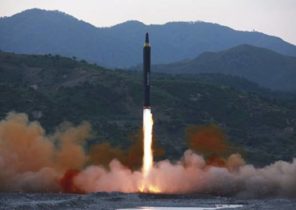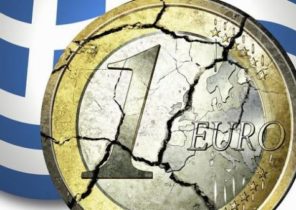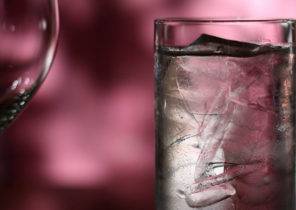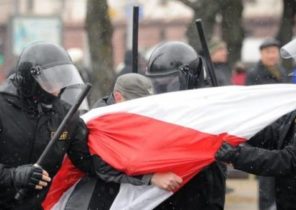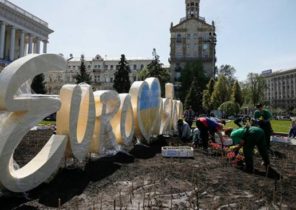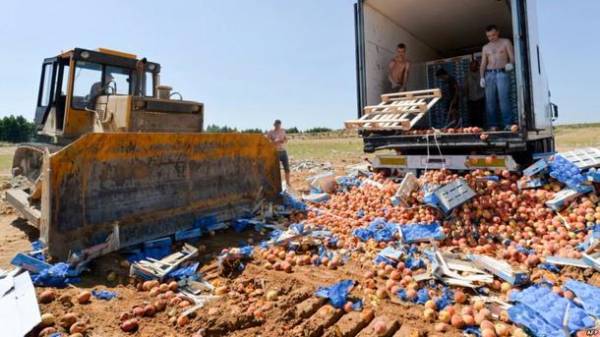
The Russian food embargo is three years old. So, Russian President Vladimir Putin on 6 August 2014 signed a decree banning the import into Russia of certain agricultural products, raw materials and food from countries that imposed anti-Russian sanctions: US, EU States, Canada, Australia and Norway.
The next day the Russian government approved the list of prohibited products: the ban covers meat, sausage, fish and seafood, vegetables, fruits, dairy products.
Russia has repeatedly extended these restrictive measures. While a ban on the supply of foreign products is valid until the end of 2018.
Russian authorities and media report on the positive effect of import substitution: it is noted that the total share of Russian products on the shelves networking is 77%. Moreover, basic goods — bread, milk, meat, fish, cereals and eggs — it reaches even 100%.
“The share of domestic sausages today is at the level of 98.4%, flour – 98,2%, cereals — 99,8%. The share of domestic poultry on the shelves – 95,2%, pork — 92,1%. The record for an increase in the share – was a Russian salt. Its share increased from 38% to 65%. Prior to the imposition of counter-sanctions, imported products occupied about 40% of the shelves” – lists the head of “Rusprodsoyuz” Dmitry Vostrikov.
SEE ALSO
- Russia will continue to burn and push bulldozers imported food
But without negative consequences has not been, recognized in the Russian Federation. The expert of the Analytical center under the government of the Russian Federation Roman Titov said that the drop in imports in the imposition of counter-sanctions in most industries to replace its own production entirely failed.
“Basically, this is due to reduced effective demand within the country and with the impossibility of increasing production in the short term in some sectors — e.g. dairy cattle and beef cattle,” explains the analyst.
Finally, it is prohibited to import, primarily from Europe, the products began to arrive from other countries. “It is not always good for the consumer both from the point of view of price and quality products,” otmechaetsya of the Center for economic forecasting of Gazprombank Darya Snitko.

